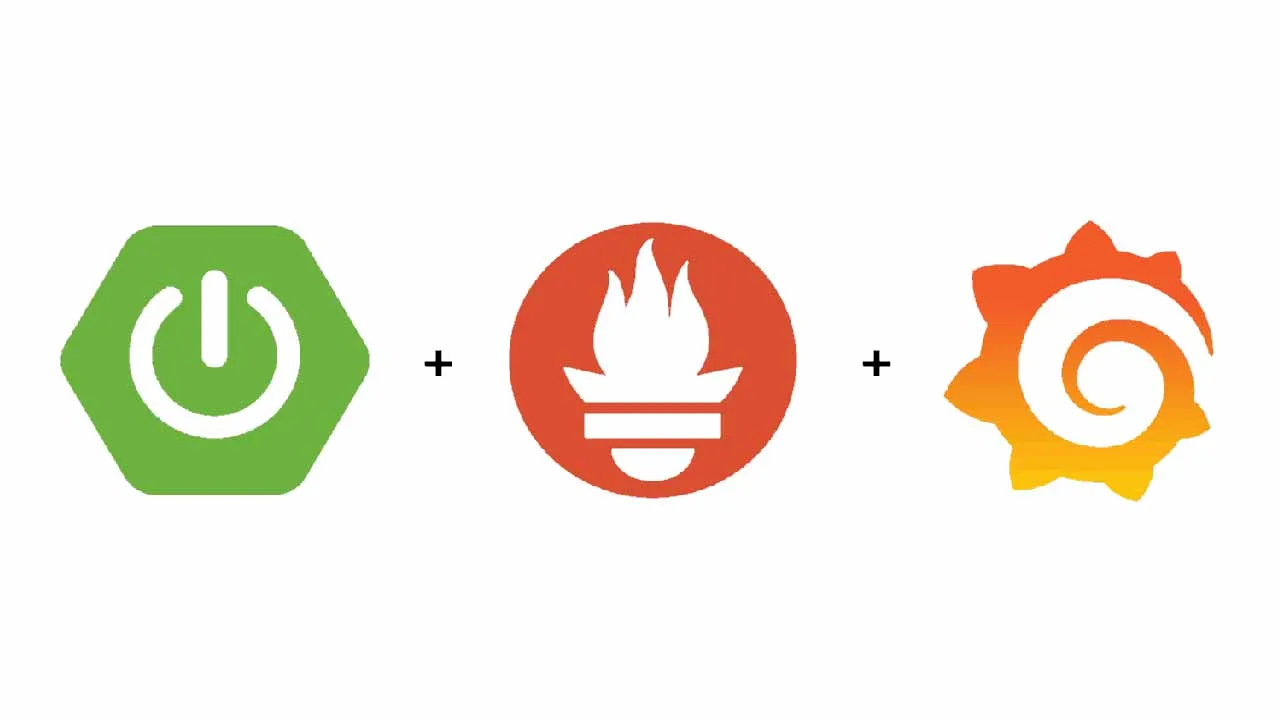At my current project we’ve been building three different applications. All three applications are based on Spring Boot, but have very different workloads. T…
At my current project, we’ve been building three different applications. All three applications are based on Spring Boot but have very different workloads. They’ve all reached their way to the production environment and have been running steadily for quite some time now. We do regular (weekly basis) deployments of our applications to production with bug fixes, new features, and technical improvements. The organisation has a traditional infrastructure workflow in the sense that deployments to the VM instances on acceptance and production happen via the (remote hosting) provider.
The hosting provider is responsible for the uptime of the applications and therefore they keep an eye on system metrics through the usage of their own monitoring system. As a team, we are able to look in the system, but it doesn’t say much about the internals of our application. In the past, we’ve asked to add some additional metrics to their system, but the system isn’t that easy to configure with additional metrics. To us as a team runtime statistics about our applications and the impact our changes have on the overall health are crucial to understanding the impact of our work.
Spring Boot Actuator and Micrometer
If you’ve used Spring Boot before you’ve probably heard of Spring Boot Actuator. Actuator is a set of features that help you monitor and manage your application when it moves away from your local development environment and onto a test, staging or production environment. It helps expose operational information about the running application - health, metrics, audit entries, scheduled task, env settings, etc. You can query the information via either several HTTP endpoints or JMX beans. Being able to view the information is useful, but it’s hard to spot trends or see the behaviour over a period of time.
In our project, we’re using Spring Boot 2 and my team was pretty excited that we were able to start using Micrometer, an instrumentation library powering the delivery of application metrics. Micrometer is the default metrics library in Spring Boot 2 and it doesn’t just give you metrics from your Spring application, but can also deliver JVM metrics (garbage collection and memory pools, etc) and also metrics from the application container. Micrometer has several different libraries that can be included to ship metrics to different backends and has support for Prometheus, Netflix Atlas, CloudWatch, Datadog, Graphite, Ganglia, JMX, Influx/Telegraf, New Relic, StatsD, SignalFx, and Wavefront.
#tutorial #microservices #spring boot #grafana
